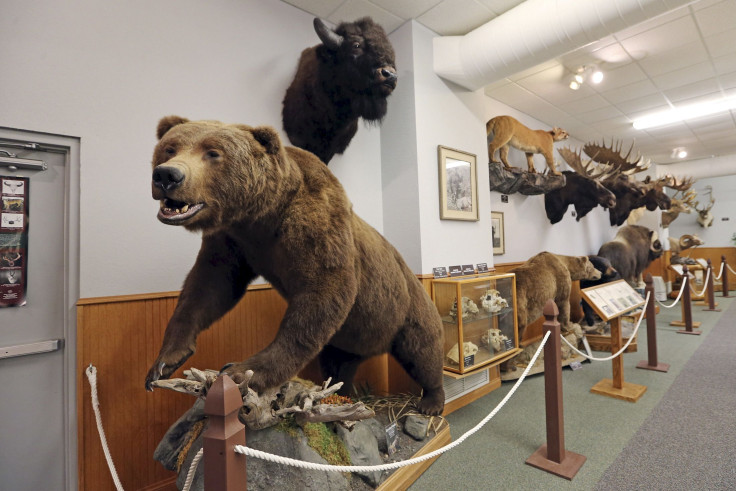Widespread ‘Gray Zone’ Of Speciation Revealed In New Study

It may be hard to believe, but all the birds you see in the world today — from the tiny sparrow to the giant vulture — descended from a group of two-legged dinosaurs called theropods some 140 to 150 million years ago. This is what evolution, driven by speciation, entails — a gradual but continuous process that eventually gives rise to species that are entirely distinct.
However, when it comes species that have just diverged, this distinction becomes less clear. In such instances, there is a wide "gray zone" of speciation — an intermediate state in which it is hard to distinguish one species from the other, and within which interbreeding is still possible to some extent.
In a study published Tuesday in the journal PLOS Biology, a team of researchers from the CNRS
Institute of Evolutionary Sciences in France has characterized the ability of organisms to interbreed and exchange genes within this gray zone. In the process, the authors of the study have improved upon existing methods to track the history of speciation and highlighted the difficulty in delineating closely-related species.
“The new method was applied to a large genomic dataset consisting of 61 pairs of populations or species of animals. Among the 61 population pairs ... the ‘gray zone’ included types of mussel, gorilla, trumpet worm, earthworm, butterfly and mosquito where the animals are in the process of splitting into two species, but still occasionally exchange genetic material,” the researchers explained in a statement released Tuesday. “Pairs of populations/species falling in this zone are typically characterized by a semi-permeable genome: some genes are freely exchanged between populations, but some are blocked and contribute to isolation.”
The analysis revealed a net molecular divergence of between 0.5 percent and 2 percent between genomes of the species within this zone. In some cases, the researchers detected species barriers — factors that contribute to a species isolation by preventing interbreeding — at divergences as low as 0.075 percent.
“Our analysis reveals the high incidence in animals of semi-isolated species (when some but not all loci are affected by barriers to gene flow),” the researchers wrote in the study. “These results have important implications regarding taxonomy, conservation biology, and the management of biodiversity.”
© Copyright IBTimes 2024. All rights reserved.






















